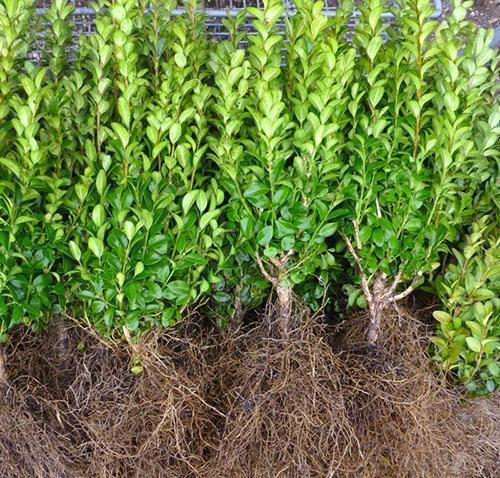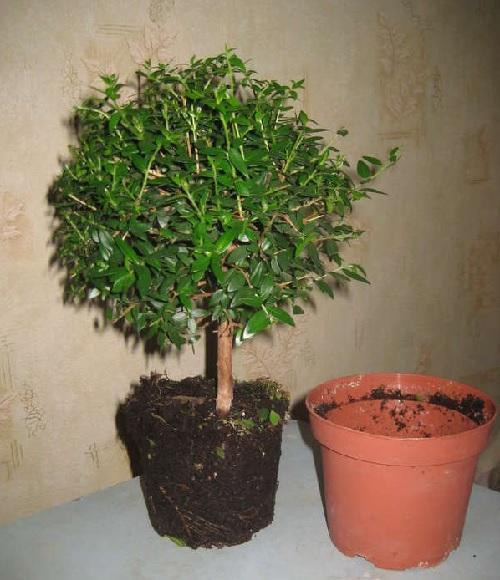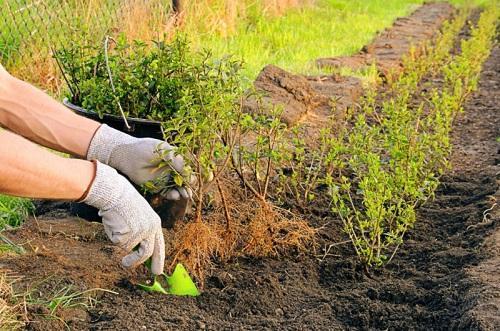How to transplant boxwood?
 Evergreen boxwood in summer cottages is no longer a rare phenomenon. Due to its beautiful decorative appearance and ease of care, the plant has become very popular not only in urban landscaping of parks, but also in private plots. In addition, it can be successfully grown indoors, forming a variety of shapes or bonsai.
Evergreen boxwood in summer cottages is no longer a rare phenomenon. Due to its beautiful decorative appearance and ease of care, the plant has become very popular not only in urban landscaping of parks, but also in private plots. In addition, it can be successfully grown indoors, forming a variety of shapes or bonsai.
The shrub propagates easily - by cuttings or layering. When the seedlings are properly planted, they usually root well and immediately. How to transplant young box trees to a permanent place and what needs to be taken into account so that the plants can perfectly endure the transplanting process and develop actively?
Transfer time
So that young bushes have time to take root and get stronger before the onset of winter, experienced gardeners recommend replanting them in the spring. This is especially true for boxwood grown in the open field. There are no strict restrictions on indoor plants. They can also be replanted in the fall.
Soil preparation
Boxwoods are very fond of neutral soils, while not very loose, otherwise the bushes will be unstable. The most suitable potting mix for transplanting:
- 2 parts of sand and humus;
- 1 part of sod land;
- some crushed charcoal.
In a loose soil mixture for indoor boxwood for bonsai a small amount of clay should also be added. It will help keep the bush in an upright position, especially since such box trees are not exposed to frequent transplants.
A drainage layer of gravel or expanded clay must be laid at the bottom of the pot or planting pit.
Transplanting a store-bought indoor boxwood

From purchased seedlings boxwood often the root system is highly developed and individual roots entwine the drainage holes, growing through them. In this case, they must be carefully trimmed, and the bush itself must be removed from the pot along with the earth.
Lay the drainage in the prepared pot and sprinkle it with earth. Put a seedling on top (with an earthen lump) and add soil in the required amount. In other words, the boxwood should be transferred from the old small pot to a new, more spacious one.
Transplanting boxwood into open ground

In order not to damage the seedling during the removal from the pot, it should be well watered the day before planting. Prepare the landing pit:
- dig a depression three heights of the boxwood root system in depth and width;
- lay a layer of expanded clay or perlite about 2 cm on the bottom.
Place the seedling in the hole, straighten the roots, and cover with earth. Slightly compact the top layer of soil and pour 3 liters of water on the transplanted boxwood. If the soil subsides after watering, add some more.
On the diameter of the trunk circle, build a small shaft of earth to retain moisture during watering.